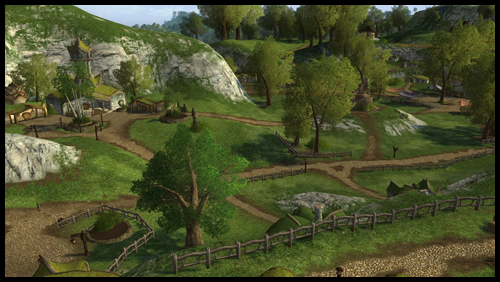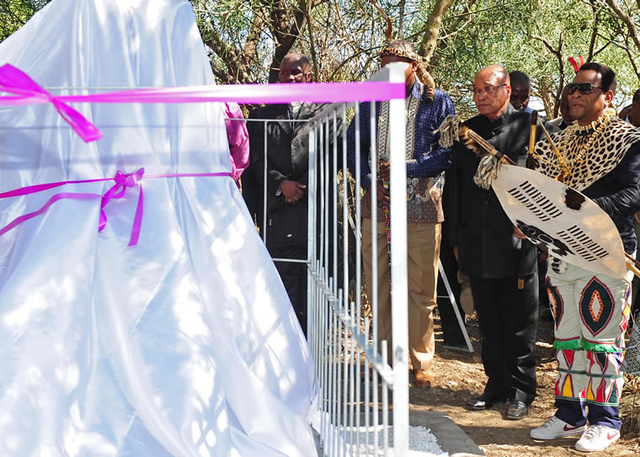

Close

If you’ve ever found yourself tangled in the complexity of project management, bewildered by overlapping tasks, or tripped up by time-sensitive processes, perhaps it’s time to seek refuge in the visual symphony of a Gantt Chart. Enter Tableau Gantt Chart – the sturdy lifeboat for those drowning in a sea of deadlines, duties, and deliverables. In this article, we embark on a voyage towards streamlining your project management. We’ll explore the ins-and-outs of this powerful tool, weigh its pros against the cons, and even delve into alternatives just in case you’re fond of your options. Strap in for a comprehensive guide that will revamp the way you manage, plan, and execute projects. Beware – once you delve into the world of Tableau Gantt Charts, there’s no going back to chaos!
A Tableau Gantt Chart is a potent visualization tool often used in project management to display the start, duration, and completion stages of tasks within a project. Basically, it offers a timeline view of activities, allowing project managers to visualize the sequences, overlaps, and duration of tasks, thus ensuring effective project planning and tracking. However, it’s not exclusive to project management, businesses can use Gantt charts to visualize any kind of sequence data including manufacturing processes, program schedules, and much more.
The basic elements of a Gantt chart in Tableau include a list of tasks, represented in rows and a timeline along the x-axis. Each task in the Gantt Chart is represented by a horizontal bar, the position and length of each bar are determined by the task start date and duration, respectively. The Gantt bars can also be color-coded to represent different task categories or resources. Therefore, with a glance at the Gantt Chart, one can ascertain:
Tableau Gantt Charts are indeed an effective way to get an overview of the entire set of activities and timeline a glance. It becomes particularly useful when dealing with complex projects involving numerous tasks and resources.

Imagining a task or project fragmented into countless little pieces can be incredibly overwhelming. But, that’s where the magic of Gantt charts come in. Making Gantt charts on Tableau, a data visualization tool, can assist you in handling your projects more competently. Not only will it give you a birds-eye view of all your to-dos, but it’ll also highlight the interdependencies amongst your tasks. Organizing tasks, setting timelines, tracking progress, these are all integral parts of project management which become considerably more manageable with a Tableau Gantt chart on your side.
So, how do you create a Gantt chart in Tableau? Before anything else, you need your data set at the ready. Your data should ideally cover details like task names, start dates, task durations and possibly end dates. This will be your groundwork to build upon. Then, make sure you have Tableau Desktop installed on your system. Next,
The process of creating your chart includes placing the ‘task names’ on the row shelf, dragging the ‘duration’ field on to the size shelf, and placing the ‘date field’ on to the column shelf. Finally, select Gantt Bar from the ”Show Me” tool. With that, you’ve designed your very own Tableau Gantt chart.
Remember, organization and planning triumphs chaos every time. Keep refining your Tableau Gantt chart with different hues to represent task stages, adding sub-tasks, and modifying durations as required. It’s your project guide; ensure it serves you best!
In the world of project management and data analysis, the Tableau Gantt Chart is a significant tool. The software boasts a myriad of strengths, starting with its enhanced visual representation of data. Traditional graphs and charts can often be challenging to digest, but Tableau Gantt Chart simplifies this process by illustrating tasks against time in a visually appealing manner. Another strength entails its flexibility. You can manipulate your data based on your needs, whether you want to showcase project timelines, resource allocations, or task dependencies. Furthermore, it facilitates interactive dashboards that allow you to track the progress of tasks in real time.
However, like everything else, Tableau Gantt Chart does have its shortcomings. For beginners, the learning curve can be steep as the interface is not overly intuitive. Data entry can also be laborious and time-consuming, especially if you are working with a large set of data. Additionally, while Tableau is excellent for visualizing patterns, trends, and outliers, it may not be the best for detailed statistical analyses that often require other software. Lastly, the cost of the software could be a deterrent for startups or individuals on a tight budget. However, despite these weaknesses, it’s undeniable that Tableau Gantt Chart remains an invaluable tool in the realm of project management and data visualization.
While Tableau has traditionally been the go-to for data visualization in project management, there’s a whole horizon of alternative tools that offer unique features and capabilities. Each of these platforms comes with its unique capabilities, some catered towards beginners, while others are powerful enough for advanced data analysis. This invariably means there’s something to suit every project manager’s specific needs.
Firstly, consider Zoho Reports. This web-based software boasts a simplistic interface, making it quick to learn and easy to use. With it, you can import data from a multitude of sources, making collation a breeze. Next up is QlikView, which positions itself as a more interactive alternative. Its ‘Associative Data Indexing Engine’ enables users to uncover data insights and relationships across multiple sources. Another tool worth mentioning is Domo. It consolidates all your data systems into one platform, providing real-time data updates suited for making live decisions for your project. Lastly, for project managers keen on customization, Microsoft Power BI allows users to create their personalized dashboards and reports, giving them the freedom to monitor what truly matters to them. Each of these alternatives can offer a fresh outlook outside the traditional Tableau interface.
So, we have ambled through the labyrinth of Gantt Charts, empowering our visualization with Tableau software at the helm. We’ve revelled in its numerous pros, carefully navigated its limitations, and even given a glance at the horizons of alternatives available. Through it all, the insight remains – decoding and representing data effectively is half the battle won. Be it scheduling a project, tracking progress, or analysing a timeline, your mastery over a Tableau Gantt Chart can be a discerning tool, a veritable lighthouse in oceans of data. So be bold, venture forth and embark on your own data adventure with Tableau Gantt Charts!

